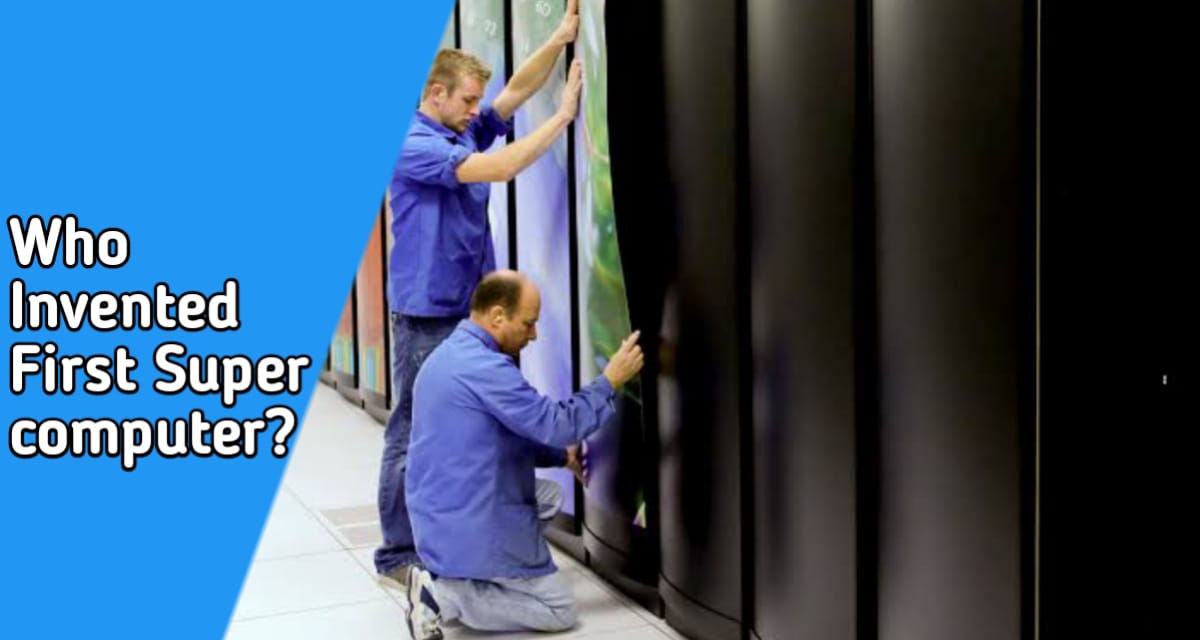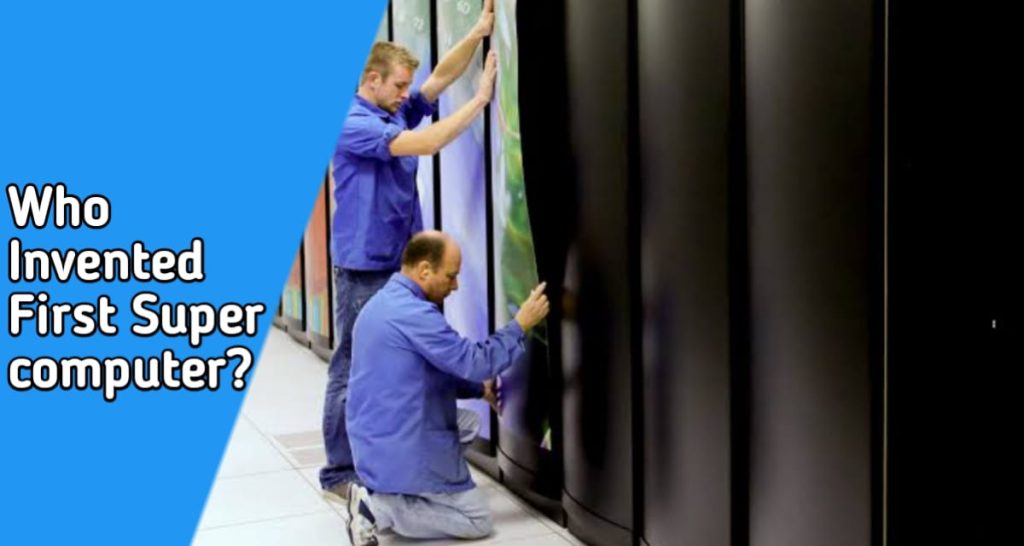Who invented the first supercomputer?
No one really knows for sure who invented the first supercomputer, but it is generally believed that it was one of the scientists at the University of Manchester in England. The first true electronic computer was built there in 1937 and it used vacuum tubes to store data.
John Atanasoff
John Atanasoff was born on December 5, 1903, in Iowa. He is best known for his invention of the first digital computer, which he called the Atanasoff-Berry Computer.
Howard Aiken
Howard Aiken is often credited with inventing the first supercomputer. This computer called the Automatic Computing Machine (ACM), was built in 1949 and was able to solve complex mathematical problems much faster than regular computers of the time.
John Mauchly
John Mauchly invented the first operational electronic computer, called ENIAC. He also developed the concepts of high-speed memory and input/output systems.
J. Presper Eckert and John von Neuman
In the late 1940s, two University of Pennsylvania professors, J. Presper Eckert and John von Neuman invented the first electronic computer. The machine was called the Automatic Computing Machine (ACM), and it allowed researchers to quickly explore theoretical concepts about computation. Eckert and von Neuman’s invention also paved the way for more powerful computers that could solve real-world problems.
History of the First Supercomputers
The first supercomputers were developed in the 1940s and 1950s. They were large, expensive, and used vacuum tubes. They were used mainly for research purposes. The first commercial computer, called the UNIVAC I, was released in 1951.
IBM and the First Supercomputers
IBM was the first company to develop a true supercomputer, which it unveiled in 1952. At that time, its computing power was only a fraction of what is available today. The IBM 7090, for example, could complete just three simple mathematical problems per second. But over the years, IBM has continued to lead the way in developing more powerful and efficient computers. Today, its flagship machines can achieve speeds of up to 750 trillion operations per second!
Cray and the First Supercomputers
In the early 1960s, Seymour Cray, a computer scientist at the University of California, Berkeley, invented the first supercomputer. The machine, which he named Control Data Corporation’s (CDC) Super Computing Center (CCC), was capable of performing 1 million operations per second. Cray’s machine was a significant improvement over earlier machines and paved the way for future supercomputers.
The Second Generation of Supercomputers
The first computer was invented by Charles Babbage in the early 1800s. He designed a machine that could compute logarithms, but it was never completed. In 1937, John Atanasoff and Clifford Berry developed the first electronic digital computer. This machine used vacuum tubes to process and store data.
The Second Generation of Supercomputers began in the early 1960s when Seymour Cray began working on what would become known as the Cray-1 supercomputer. This machine was able to perform 10 million mathematical operations per second.
The Third Generation of Supercomputers began in the early 1980s with the development of the IBM PC and the first microprocessor. This allowed for larger and more powerful computers to be created. The Fourth Generation of Supercomputers began in 1995 with the creation of the world’s first quantum computer, which uses quantum bits instead of classical bits.
History of Computers
The first true supercomputer was built in 1946 by John von Neuman and Norbert Wiener. The machine was able to calculate 1 million quadrillion operations per second.
Alan Turing
Alan Turing is credited with inventing the first modern computer, and his work was crucial to the development of artificial intelligence.
John von Neumann
John von Neumann was a mathematician and computer scientist who is widely considered the inventor of the first modern computer. He was born on December 28, 1883, in Königsberg, Prussia. Von Neumann’s thesis at the University of Berlin was on algebraic geometry and he also worked on analysis, number theory, and trigonometry. In 1928 von Neumann moved to the United States, where he became a professor at Princeton University.
Seymour Cray
Seymour Cray invented the first commercially available supercomputer in 1969. This machine was called the Control Data Corporation ENIAC and was able to process data at a rate of one million instructions per second.
Conclusion
In the history of computing, there have been a number of individuals and organizations who are responsible for developing some of the most important computers in history.
However, one individual stands out as the inventor of the first supercomputer — Charles Babbage. Babbage is known for his work on early mechanical calculators, but it was his later work on what would become known as the Analytical Engine that made him a household name. Although his machine was never completed, Babbage’s efforts laid the foundation for future computer development.



Your article helped me a lot, is there any more related content? Thanks!